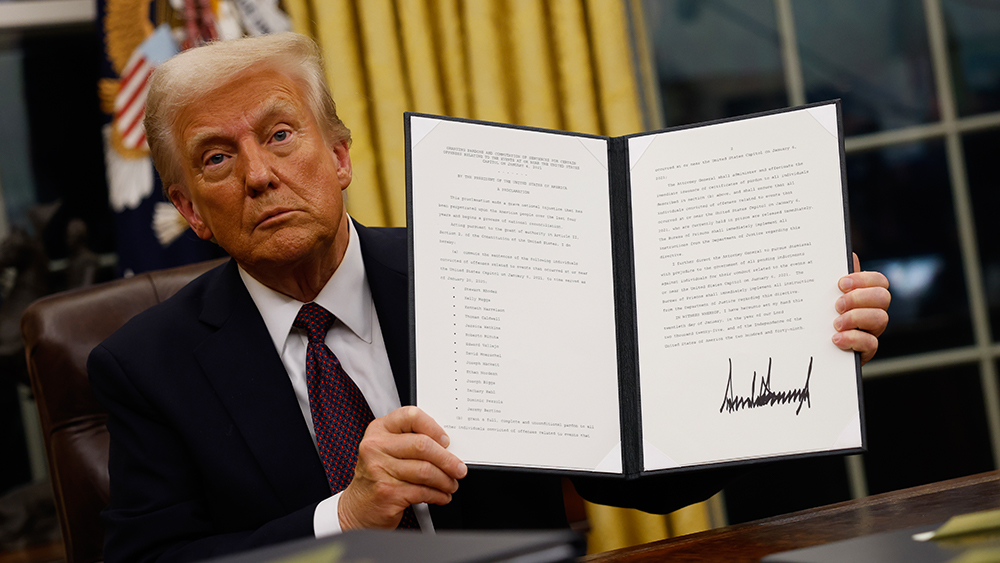
- The U.S. has spent nearly $1 billion on strikes against Yemen’s Houthis but failed to cripple their Red Sea attack capabilities.
- Despite deploying advanced weapons, the Houthis retain fortified arsenals and continue threatening ships and U.S. drones.
- Houthi leaders frame attacks as retaliation for Gaza, vowing to escalate if the U.S. coalition persists.
- The campaign strains U.S. arms stockpiles needed for potential conflicts with China, sparking congressional and military concerns.
- Civilian casualties rise as the conflict risks broadening, with no clear exit strategy from a costly, ineffective operation.
The United States has spent nearly $1 billion in less than three weeks on a military offensive against Yemen’s Houthi rebels, yet the campaign has failed to significantly degrade their ability to threaten Red Sea shipping or Israeli-linked vessels, according to defense officials.
Despite deploying B-2 stealth bombers, aircraft carriers, and precision munitions, the Pentagon admits the Houthis retain fortified arsenals and continue launching attacks—even as the U.S. rapidly depletes critical weapons stockpiles needed for potential conflicts with China. Meanwhile, the Houthis remain defiant, framing their assaults as retaliation for Israel’s ongoing bombardment of Gaza, which has killed over 34,000 Palestinians.
Costly strikes, limited results
Since March 15, the U.S. has fired hundreds of millions of dollars worth of munitions—including Tomahawk missiles and advanced drones—yet Yemen’s military infrastructure remains largely intact. "They’ve taken out some sites, but that hasn’t affected the Houthis’ ability to continue shooting at ships in the Red Sea or shooting down U.S. drones," one official told CNN. Another noted the operation is "burning through readiness—munitions, fuel, deployment time," straining resources earmarked for Indo-Pacific contingencies.
The Houthis claim to have targeted the USS Harry S. Truman and allied warships with cruise missiles and drones, underscoring their resilience. Their spokesman, Yahya Saree, vowed they "will not abandon [their] duties toward the oppressed Palestinian people," framing U.S. strikes as acts of aggression. At least 61 Yemeni civilians have been reported killed in the bombings.
Escalation risks and strategic dilemmas
The campaign’s mounting costs and minimal impact have sparked congressional skepticism, with some lawmakers questioning whether the White House has a viable exit strategy. Officials acknowledge that Yemen’s weapons caches are deeply entrenched, evading destruction much like during the Biden administration’s earlier strikes. Meanwhile, Houthi leaders, including top negotiator Mohammed Abdul Salam, warn that U.S.-led coalition aggression will only widen the conflict.
The group’s solidarity with Gaza has galvanized regional support, complicating Washington’s efforts to isolate them. Recent incidents, including drone skirmishes near Djibouti, suggest the conflict is far from contained.
Readiness and political fallout
Behind the scenes, U.S. Indo-Pacific Command has raised alarms over dwindling stocks of long-range missiles like JASSMs, which are pivotal in a potential clash with China. Though Pentagon officials dismiss these concerns as "exaggerated," the strain highlights the strategic trade-offs of waging a protracted campaign in Yemen.
Critics argue the operation reflects flawed priorities, with the U.S. investing vast resources to protect Israeli interests while exacerbating regional instability. The Houthis, undeterred by decades of Saudi and U.S. bombing, show no signs of backing down. As analyst Michael Knights noted, “The only times I’ve ever seen the Houthis go to the negotiating table or compromise has been when they’ve been threatened with the realistic prospect of defeat on the ground: territorial loss, loss of control of populations and loss of access to the Red Sea coastline.”
The U.S. finds itself in a costly quagmire, spending billions to achieve marginal gains against a group that thrives on defiance. With the Houthis vowing escalation and Pentagon resources stretched thin, the offensive risks dragging Washington deeper into a regional conflict—all while failing to address the root cause: Israel’s devastating war in Gaza. As Yemen’s health ministry tallies civilian casualties and global shipping routes remain precarious, the stakes of miscalculation grow ever higher.
Sources for this article include:
Please contact us for more information.

















